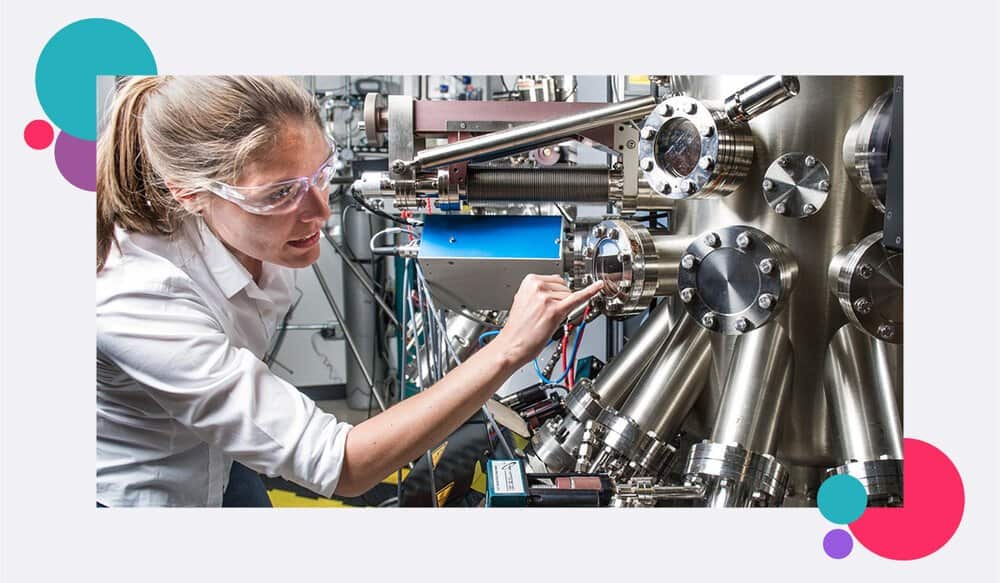
Why is lone working important to the manufacturing industry? To answer that, it is important to first understand the scale of the topic.
Manufacturing is one of the largest sectors in the UK. In 2022 it employed around 2.5 million people and had an output of £183 billion. In fact, despite being a relatively small country, the UK is the ninth-largest manufacturer in the world.
Every day, Britain’s vast manufacturing workforce produces all sorts of goods –including food and drink, chemicals, pharmaceuticals, electronics, machinery and transport, as well as materials such as metals, rubber, plastics and minerals.
This vital work requires millions of hard-working people. Often, manufacturing workers will operate heavy machinery and can work long and unusual shifts. They may also be working in loud and remote areas of a factory or warehouse.
What’s more, the changing nature of work seems to be leading to greater levels of remote and even isolated work –as the following quote by ManufacturingTomorrow suggests:
“As businesses look into the future, remote diagnostic, work management, and collaboration tools will continue to be utilized”
— ManufacturingTomorrow
A move towards greater flexible and remote working is understandable, and can actually lead to greater productivity and better freedom for workers. However, when people are operating machines and tools, or handling heavy goods, greater isolation can lead to a greater potential for risk.
That’s why, in this article, we’ll be looking at the risks of working alone in the manufacturing industry –as well as some more general risks facing manufacturing workers.
What’s more, we’ll be exploring what employers can do to keep their workers safe when they’re working alone, late at night or in a remote location.
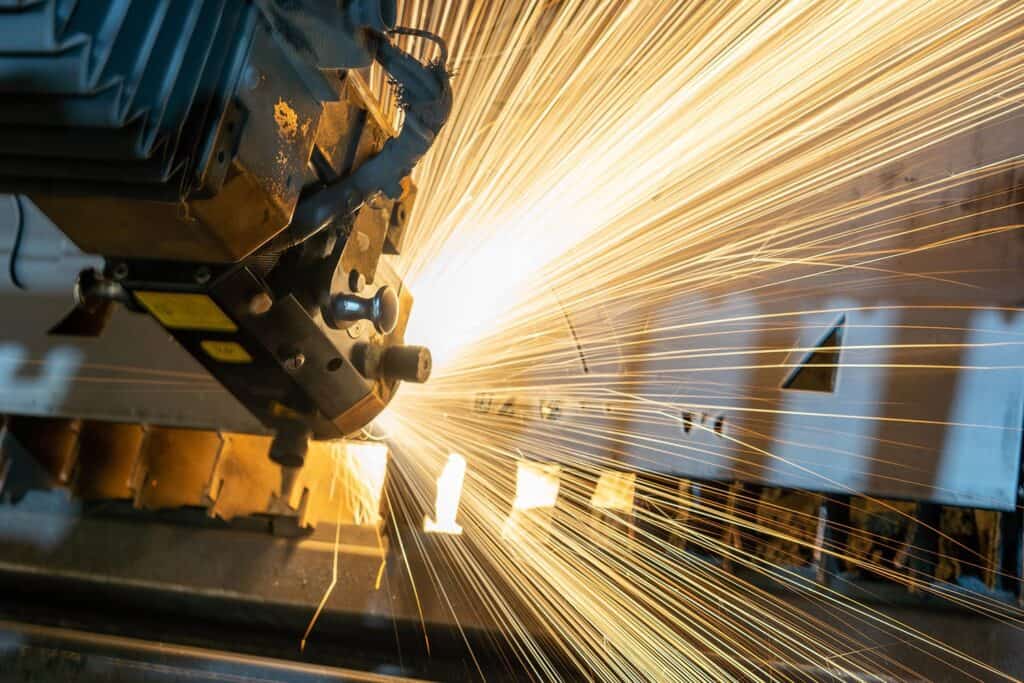
Each year, 33,000 manufacturing workers suffer ill health from their job –and over 4,000 have injuries that keep them away from work for a week or more.
Recently, for instance, a 17-year-old apprentice lost several fingers while operating a drill without a guard. This led to the apprentice’s employees being forced to pay tens of thousands of pounds in fines and damages.
From complex machinery and forklifts to power tools and lifting heavy loads, the very ‘hands-on’ nature of manufacturing is one of its clearest risks.
Beyond this, however, are many factors that can increase the risk of the sector –particularly for lone workers. For instance, unsociable hours, loud workspaces and low visibility can make supervision and emergency response difficult.
Lone workers are those that work, for any amount of time, outside of the sight or earshot of their colleagues.
Lone working is not in itself illegal or necessarily “dangerous”, but it can increase the risk of any role –particularly manual roles. This is because lone working, by its nature, makes it more difficult for a worker to receive the help, support and supervision required to work safely.
In simple terms, if a factory worker was knocked unconscious while working alone, who would know? Even if they were conscious but unable to move, how would they ask for help?
Thinking about the above definition of lone working, and the hazards inherent to manufacturing roles, we can start to think about who in our workforce may need extra support.
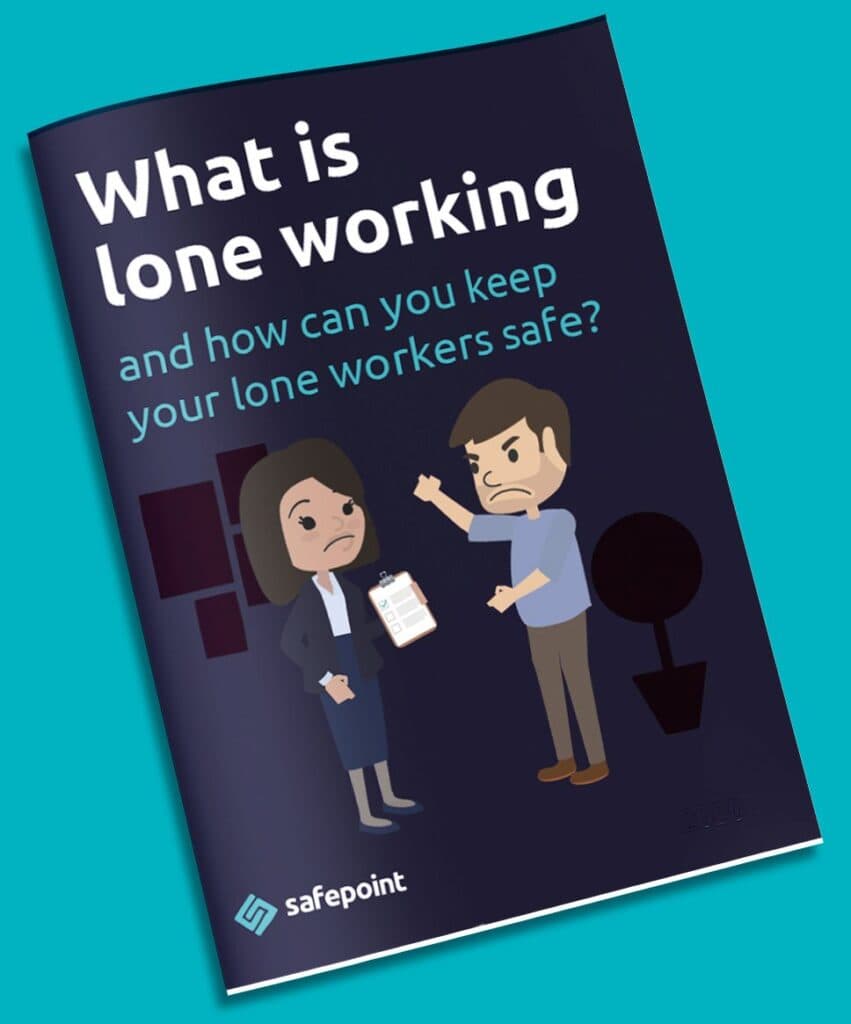
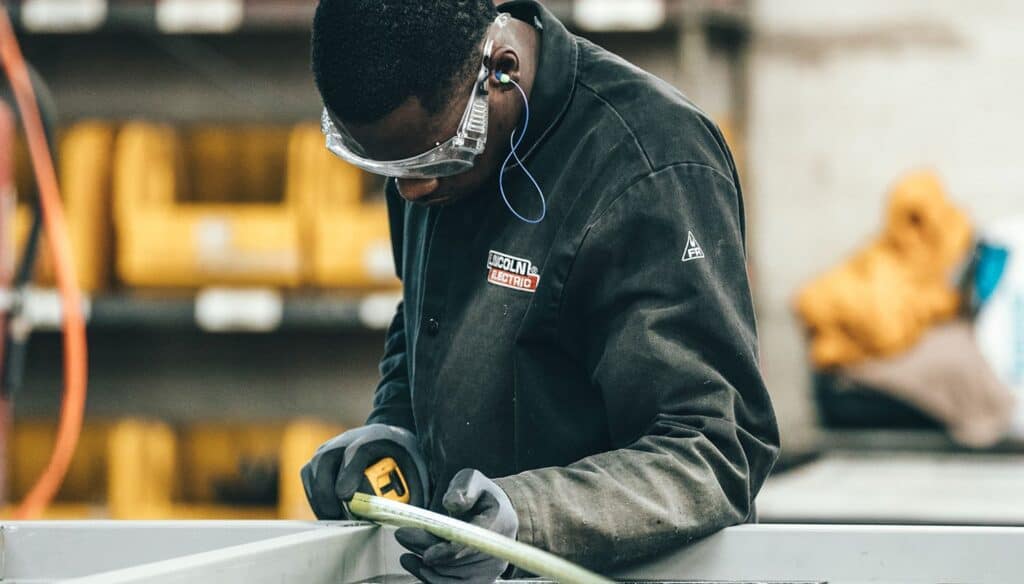
The UK manufacturing industry sees an average of 22 fatal injuries per year, alongside 33,000 instances of work-related ill health.
‘Falls from height’, being ‘struck by a moving/falling object’, or ‘coming into contact with moving machinery’ count among the most common causes of death and serious injury.
These kinds of injuries are often preventable and can be safeguarded against. What’s more, it is the responsibility of both manufacturers and their employees to take measures to protect themselves and others.
In an industry with a rate of “fatal injury” almost 50% higher than the “all-industry” rate and where employees face risks from machinery, tools, vehicles and day-to-day physical strains, manufacturers face some considerable safety responsibilities.
Some of the general responsibilities facing manufacturing employers will include training and perhaps protective equipment but, for employers of lone workers, further precautions should be taken.
At its simplest, if you employ lone workers in a higher-risk industry (such as manufacturing) you need to assess their risks and provide the tools to keep them safe and supervised. In part, this means providing ways in which they can call for help in an emergency. If you are still a little unsure about what lone working is, and how it affects your business, you can check out our free introductory guide.
Remember, small injuries can turn into serious ones when they are not dealt with quickly. In the next section, we will explain how automatic lone working solutions can provide swift and informed emergency resolutions, even when a worker is incapacitated.

Ensure that all lone workers are trained in the use of tools and machinery.
Make sure staff know when a piece of machinery is not suitable to be used alone. Be certain your workers know when they need to get help from a colleague.
Make sure staff do not feel pressured to complete tasks unsafely. Creating a culture of speaking up about safety can be important –especially in a results-orientated business.
Develop a lone working policy that accounts for the particular risks of your manufacturing business. One size does not fit all, and lone workers operating in factories producing foods will face certain risks that manufacturers in pharmaceuticals or the automotive industry will not.
For those manufacturing staff who work alone (even if this just means out of earshot), consider the use of an automated lone working solution, such as Safepoint.
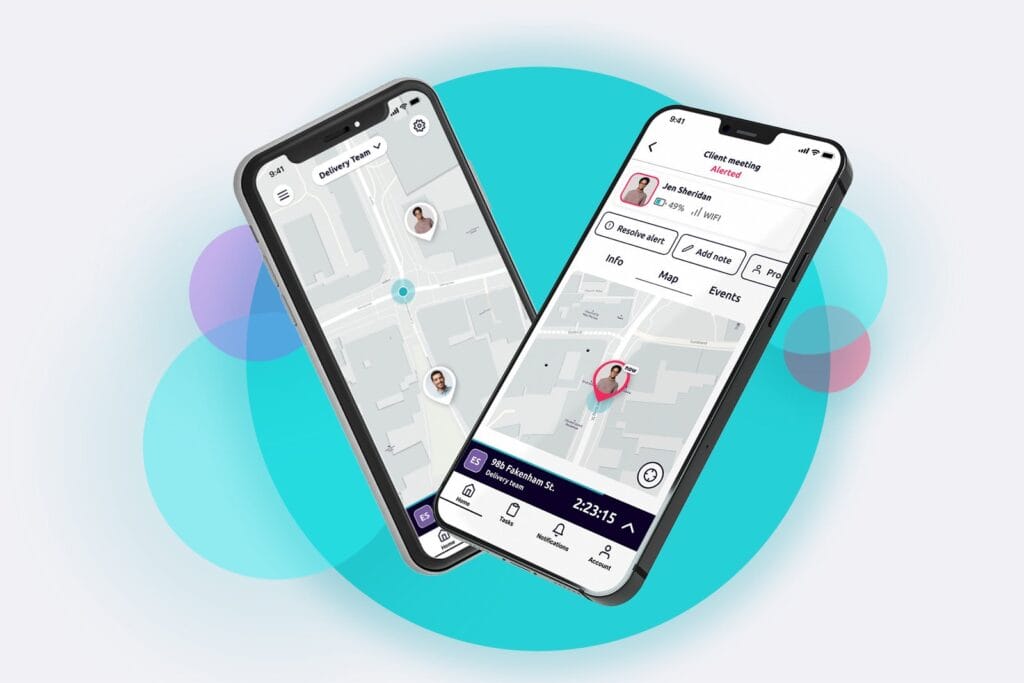
With Safepoint’s lone working solution, workers are equipped with a wearable panic alarm and an easy-to-use app.
If the worker is injured or under threat, they can call for help with a single tap of their panic alarm or app.
What’s more, an alarm will be triggered automatically if the worker takes a fall (sometimes called a man-down function), or if they fail to “check-in” in an allotted time. These automated features mean that, even if a worker is incapacitated, their team will be notified.

When an alarm is triggered, an alert is sent to our team of 24/7 emergency responders, as well as to your team’s assigned supervisors.
Within seconds, our team will attempt to check in with the worker. If they cannot get in touch, they will next notify your assigned supervisors. If at any point, our response team feel there is a genuine threat, they are trained and accredited to liaise with the emergency services. All of this ensures that the trained worker experiences a swift and informed response to their potential emergency.
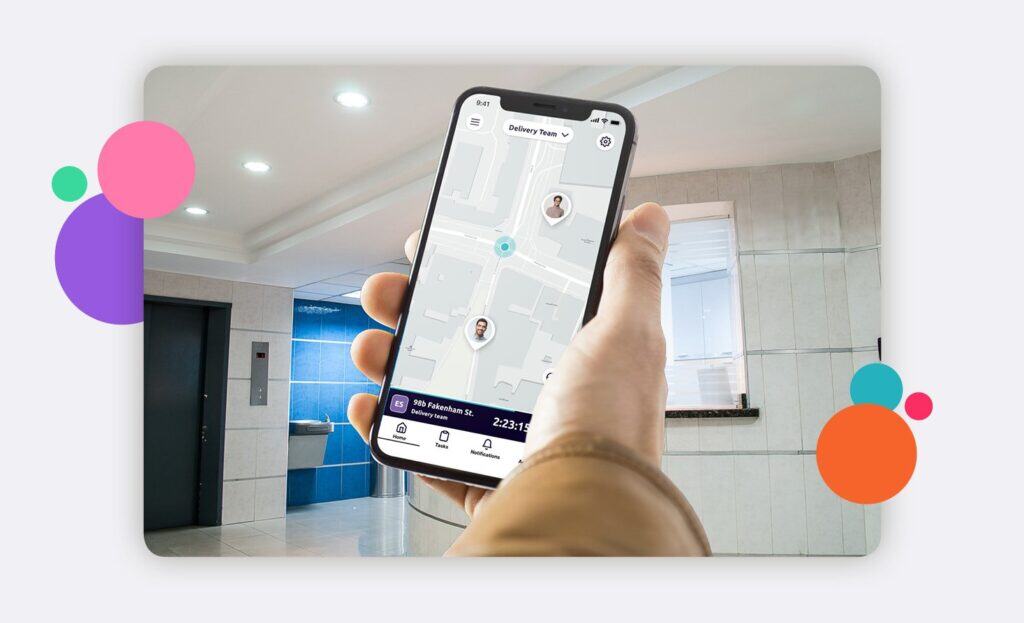
What really makes Safepoint special is its day-to-day productivity tools. For instance, Safepoint was the first lone worker organisation to build team management functionality into its app.
That means that, as a supervisor or manager, you can open the Safepoint app, and see a live GPS map of your entire team, right in front of you. What’s more, you can see who’s working on what task, and when they’ll be done. You can even drop them a note, or bring up their phone number and give them a call.
If your manufacturing company struggles to keep track of on-site workers, travelling salespeople, at-home workers, and everything in between, Safepoint’s live updates can help keep it simple.
All sorts of businesses rely on Safepoint’s lone worker solutions and 24/7 Alarm Receiving Centre to keep their staff protected and organised. Some manufacturing organisations that use Safepoint include:



Award-winning safety management tools and a fully accredited response team.